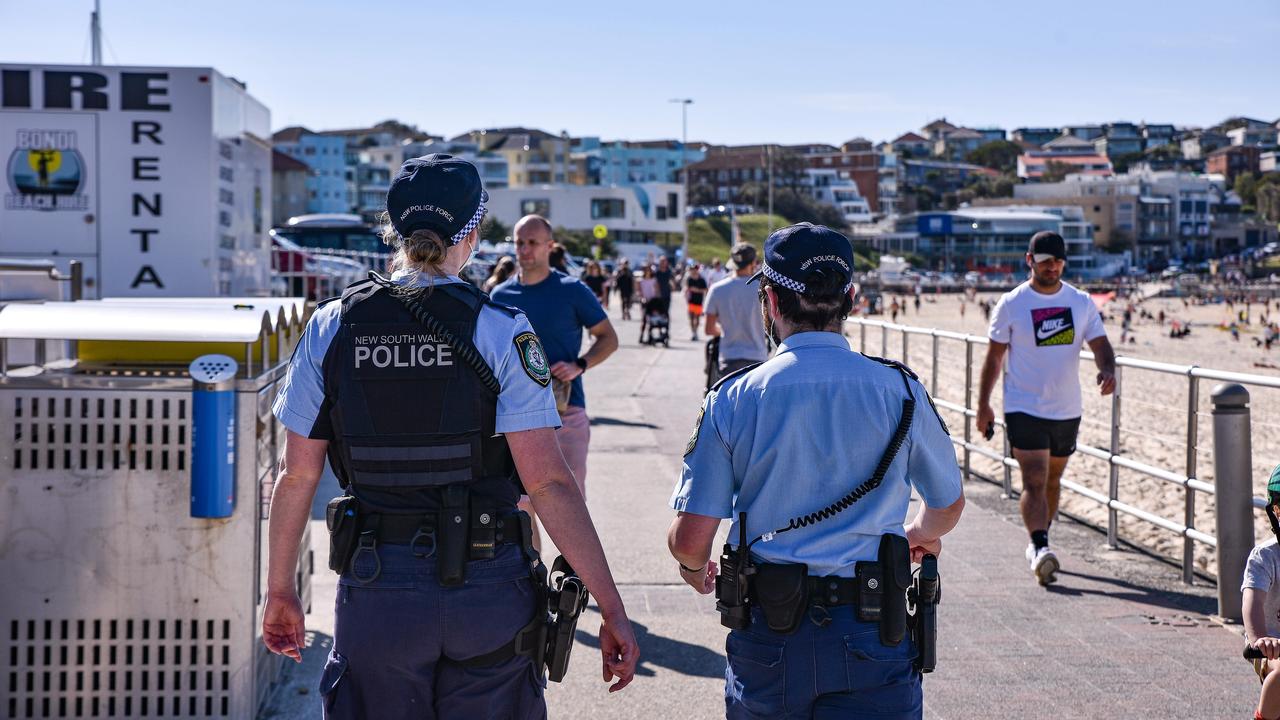The killer story we could not publish until now
IN August 1993, a little boy - John Ashfield, aged 6 - was beaten to death with a hammer to his head.
IN August 1993, a little boy - John Ashfield, aged 6 - was beaten to death with a hammer to his head.
His mother, Gunn-Britt Ashfield, then 25, led the assault; her boyfriend, Austin Allan Hughes, then 20, was a keen participant.
According to evidence presented to court in December 1993, Ashfield became enraged when she heard that John, who was in Year 1 at East Nowra primary school on the NSW south coast, touched his three-year-old sister in an inappropriate way. Her boyfriend agreed the boy could not be allowed to "get away with it".
He didn't. Less than 24 hours later he died in Shoalhaven Hospital, his tiny body covered in more than 100 bruises from his parents's savage beating -- a beating that ended with Hughes putting the Nowra telephone book against John's head, and hitting him with a hammer.
They were each sentenced to 21 years in jail, reduced to 19 years on appeal, with a minimum of 14 years.
Next Thursday, 14 years since she beat John to death, his mother, who has changed her name in prison and now calls herself Anjelic Karstrom, will apply for parole. Hughes has also applied for parole. His case will also be heard next Thursday.
In 2004, the NSW Parliament passed laws that made it an offence for media outlets to publish the name of a dead child who had been the victim of a crime, no matter what the circumstances.
This law prevented The Weekend Australian from printing this story, ostensibly to protect the victim, John.
The newspaper's parent company, News Limited, backed by groups including the NSW Homicide Victims Support Group, and the Victims of Crime Assistance League, has lobbied against this law since it was enacted, believing that it protects only the killers from being identified.
On Thursday night, the NSW Parliament passed a bill amending the law, making publication permissible in some circumstances, such as if the next of kin agrees. The changes come into effect next Wednesday.
John's sister Melissa, 17, does not want her mother released. "I have not seen my mother since I was 11," she said. "The last time I saw her (in prison) I pulled her hair and slapped her. I have flashbacks to what happened. She tried to blame me. She tried to get us to help her bash John. She tried to say that John touched me. He never touched me."
Melissa says she remembers the day John was beaten, "clear as anything". When he swang in from school that day, August 5, Hughes confronted him in the kitchen. He told police he kicked John on the bottom with the side of his foot "the way you kick a soccer ball", slapped him around the head and sent him to his room.
But that was not the end of it: Ashfield and Hughes decided John needed to be taught a lesson. They went into his bedroom and started beating him.
A frenzy soon developed: they punched him with their fists, and beat him with the white aluminium rod that held up a curtain.
John was sobbing: "I'm really sorry, don't do this to me, I'm sore, I'm sorry."
Hughes mocked him, saying: "You scream like a little girl."
When John continued to sob, Hughes took a girl's dress out of the cupboard and shoved it over the crying boy's head, forcing his arms through the sleeves.
"He started crying and carrying on," Hughes would later say, in a statement to police.
"He was crying: 'Get it off, get it off, I'm not a girl'."
Death came slowly: Ashfield would later tell police that Hughes had put the phone book against John's head, and repeatedly beat him with a hammer, until John was limp and dazed, unable to sit up on the bed.
When it became apparent that John had lost consciousness, his mother dunked him under a cold shower, then a hot shower.
Several hours passed before Ashfield took her son to Shoalhaven Hospital. In the meantime, she told her other children to tell police John had been beaten by a gang of teenagers while walking through a park.
Her oldest boy, then aged eight, went on national television to back up the story.
In a shaky voice, he said: "We were going to buy milk and bread when four boys said, 'Come here. We want to bash you up'."
The story was never going to stack up: John was cold and bleeding from the nostrils when he was airlifted to Westmead hospital in Sydney.
Doctor Barry Wilkins would later tell the court he had more than 100 different coloured bruises, suggesting "repeated, non-accidental beating".
His small hands were swollen and bruised, which suggested he had "attempted to fend off an assault". He had suffered a very serious brain injury.
John died the next day, Friday, August 6, 1993. His mother and her boyfriend were charged with murder shortly afterwards.
On the day of John's funeral, his natural father, Brian Ashfield, wailed over the white coffin.
Brian is now dead but he told reporters at the time of his son's murder that he had warned the NSW Department of Community Services that his wife was violent, and that she intended to hurt the children. In fact, DoCS had about 35 notifications that all was not well at Ashfield's home.
Ashfield asked DoCS to take the kids away from her, saying she "felt violent" towards them.
Melissa's life since her brother was killed has been chaotic: she was fostered into the care of DoCS after her mother went to prison but ran away at 11. She bounced around foster homes, and was briefly placed in a nunnery in Grafton, until she fell pregnant at 16, and lost the baby. She admits to "drinking alcohol, doing crazy stuff" to deal with anger and grief but is trying to steady her path. She now lives with her boyfriend, Jason, 33, and is in counselling.
John's uncle, Andrew Ashfield, said the law banning publication of John's story had "protected the people who killed him, and the social workers who let it happen".
"DoCS knew that she was violent, and knew that she was troubled," he said. "But they didn't take the kids until after she killed one of them."
Wendy Campbell, who was Brian's fiance at the time of John's death, wants the case to get media attention because she "promised Brian, if they ever apply for parole, I will be there, and I will stop it".



